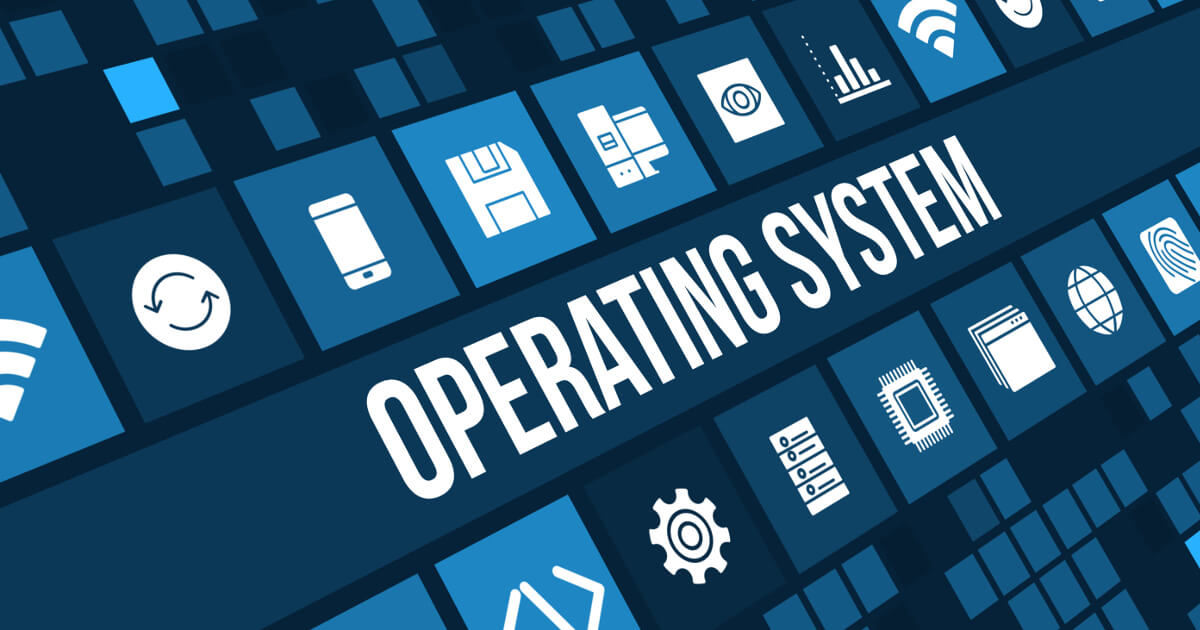Software builders have produced particular variations of working structures and commonplace vicinity programs from live USB Flash Drives. These structures are typically optimized for length and configured to area transient or intermediate documents within the computer systems main RAM rather than store them briefly at the Flash Drive.
USB Flash Drives with this capability are referred to as Live USBs. Live USBs are the successor to the Live CD; they have all the CD’s functionality and are more excellent. They can be used in embedded systems management, operating device checking out, statistics restoration, and many other duties. Examples of running structures that may be run from a USB Drive are XP Windows embedded; SUSE, Ubuntu; Mepis; Fedora; Knoppix, and Dyne:bolic.

Live USB is a lot faster than live CDs and features the advantage that they also can be written to, so statistics at the side of the operating mechanism may be stored on the USB Flash Drive. Live USBs are manifestly loading easier to hold than laptops, extra discreet, and can also be locked away incredibly quickly in a secure. The absence of moving elements from USB Flash Drives leads to faster ways to find instances than hard drives or optical media can attain; this lets small applications start faster than disk-based total media.
Although a seemingly excellent concept, live USBs have not taken off. In 2005 Finger tools released the computer-on-a-stick flash drive that included an entire working device plus workplace suite within a 256MB USB Flash Drive; however that was sincerely not a fantastic achievement. Maybe the reason for this, although changed into now not the concept, however the potential of the USB Flash Drives. Nowadays, 4GB USB Flash Drives the most straightforward fee £10, and installing a decent operating system onto one is less complicated than ever; perhaps the laptop on a flash drive goes through a renaissance this yr. So be careful!






